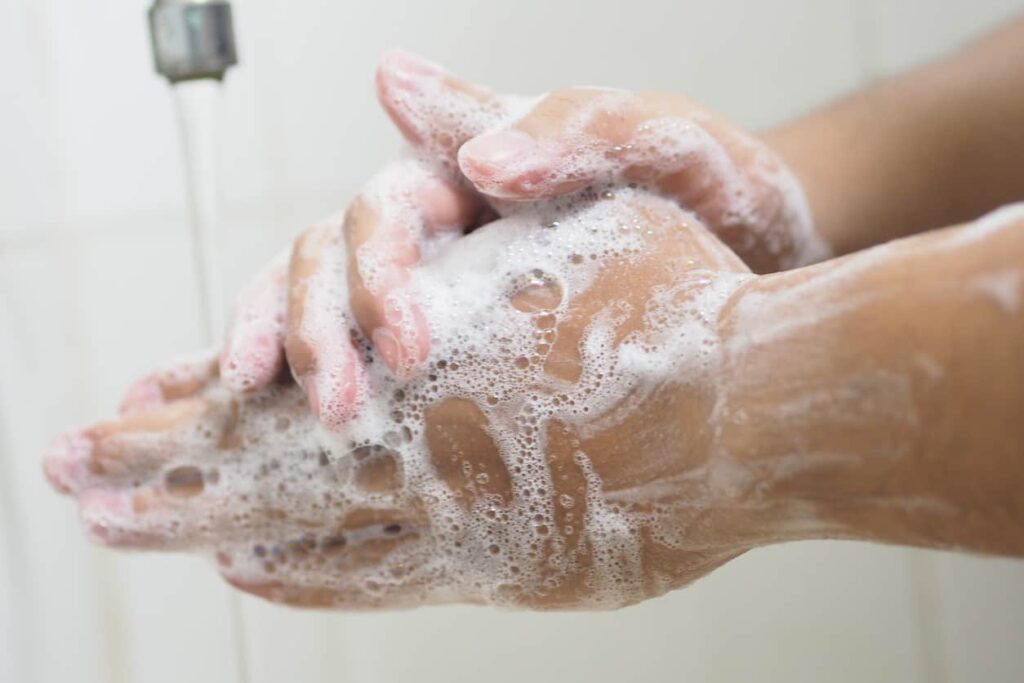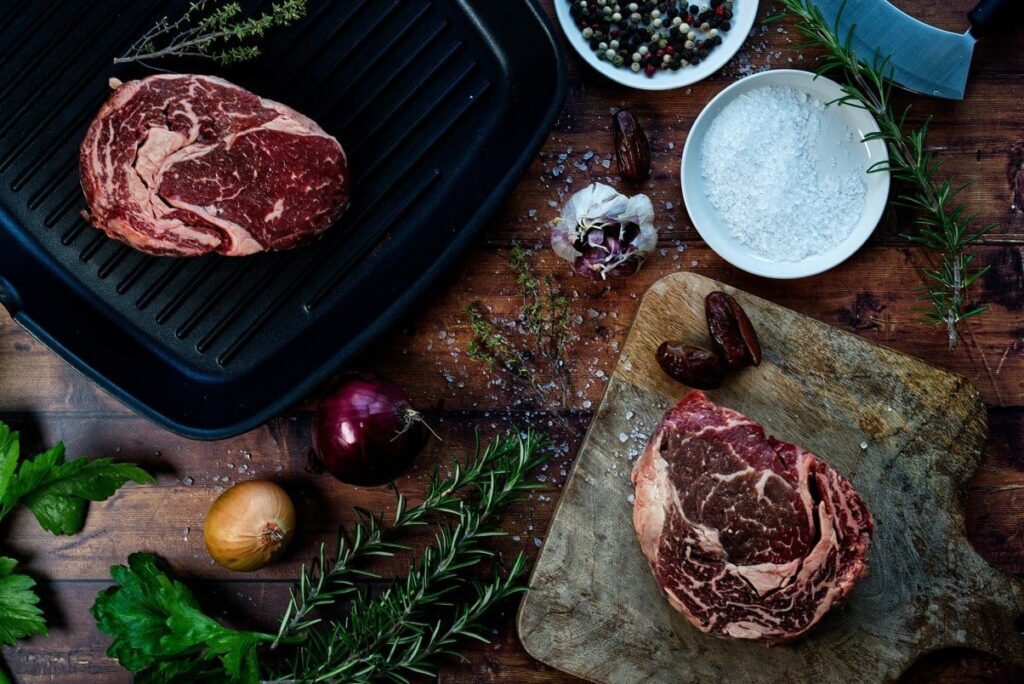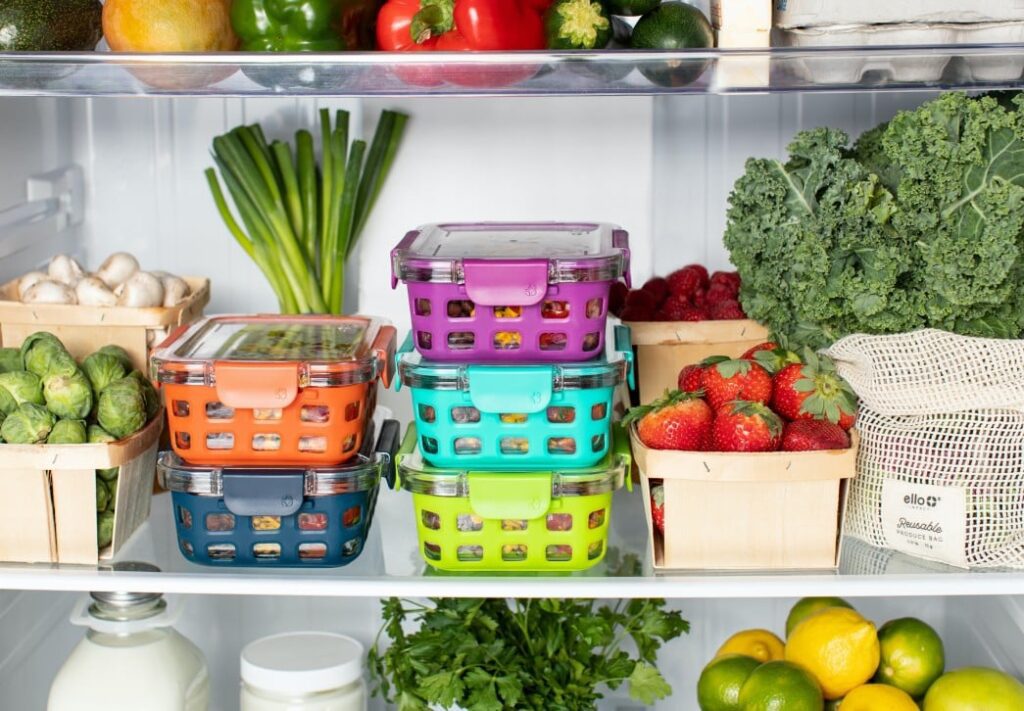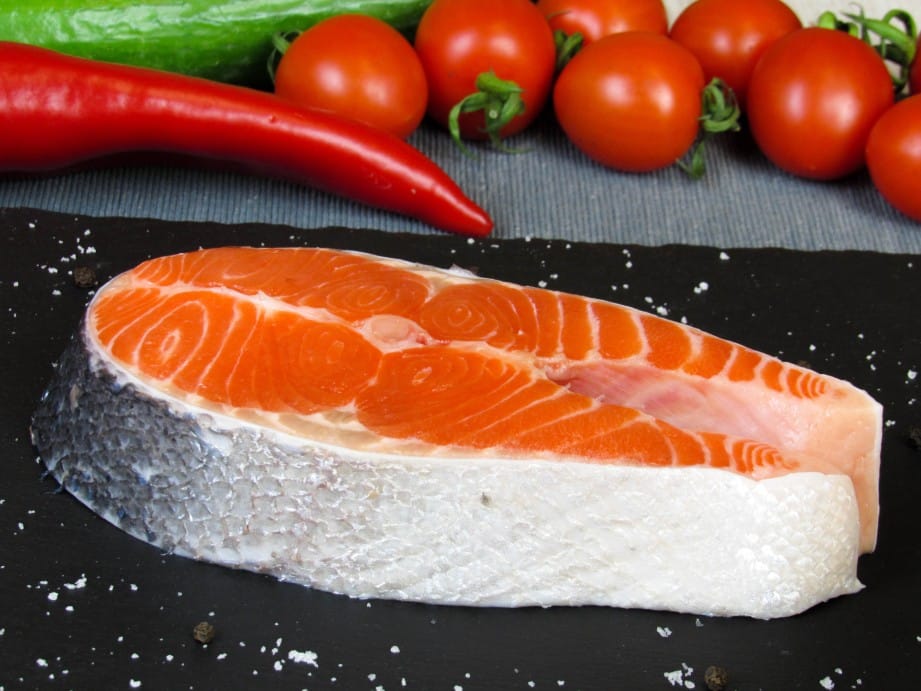Whether you are a professional chef or cooking for family and friends, adhering to good food hygiene practices will ensure the food you serve is not only delicious, but also safe to eat.
The four C’s of food safety are widely used in the industry as guidelines to help those working in cafes and restaurants to get food hygiene right from the outset and prevent food poisoning in customers, which could damage their reputation and cost them money.
What are the four c’s of food safety?
The four C’s of food safety are cleaning, cooking, chilling, and cross-contamination. These cover the four main things to remember when establishing proper food hygiene practices.
Let’s examine them in more detail.
Cleaning
Not cleaning properly is one of the most common ways that food contamination can occur; therefore, keeping the space where you prepare and cook food clean and germ-free is essential. Food areas and the equipment used in its preparation should be cleaned and disinfected between different cooking tasks. This is of particular importance if raw meats, poultry or fish are involved. Plenty of cleaning and disinfectant products are suitable for use around food, and if you follow the manufacturer’s instructions, you can ensure your food preparation areas are suitable for use. All food waste created during preparation should be immediately and disposed of in a bin.
Making a cleaning schedule that is strictly adhered to by all members of the team will help to minimise the risk of germs or bacteria spreading. You can establish what needs to be cleaned and disinfected, how often, and the best practice methods for doing so.
Establishing easy-to-follow cleaning procedures and training any staff involved in food handling, preparation or cooking is important. It is also essential to understand how to use and store cleaning products and ensure that any chemicals in the cleaning products used are food safe. Remember, disinfectants will only work if the surface has already been thoroughly cleaned.

Cooking
Cooking food safely will ensure that harmful bacteria are killed off and significantly reduce the likelihood of food poisoning. One of the most important foodstuffs to know how to cook correctly is meat. Bacteria in raw meat can be harmful to humans if ingested; therefore, thoroughly cooking meat is essential. Poultry, duck, pork, rolled joints, and any kind of minced meat must be fully cooked before it is served. To check meat is properly cooked, you can ensure it is steaming hot all the way through, that you cannot see any visible signs of red or raw meat, and that the juices run clear.
There are some meats, such as beef or lamb, that do not have to be so thoroughly cooked as harmful bacteria usually only reside on the surface of these types of meat (as long as they are not rolled joints). Cooking the surface should kill off any such bacteria, even if the middle of the meat remains pink. The standard food cooking advice is to cook until the core temperature stays at 70°C for at least 2 minutes. Other times and temperature combinations also exist and a generally considered safe such as:
- 60°C for 45 minutes
- 65°C for 10 minutes
- 70°C for 2 minutes
- 75°C for 30 seconds
- 80°C for 6 seconds
Whatever dish you are cooking, be sure to ascertain the right temperature and the correct cooking time for each ingredient.
If you do not intend to serve cooked food immediately, it must be kept at 63°C or above for a maximum of two hours. If the time food is held exceeds the two-hour limit, the food can be cooled quickly to 8°C or less to preserve it, or it must be thrown away.
When reheating food, the food must reach a 70°C or above for 2 minutes to eliminate harmful bacteria that may have grown since the food was cooked and subsequently cooled. Food must be piping hot throughout to be considered safe to eat and can only be reheated once.

Chilling
Keeping food chilled in a fridge or freezer is a helpful way to preserve its lifespan and prevent harmful bacteria from thriving. Plenty of foods must be held in the refrigerator or freezer to keep them safe such as dairy products, pre-cooked dishes, and other ready-to-eat foods. Whenever you purchase food, it is vital to follow the storage instructions. Any cooked food you plan to preserve in the fridge should be cooled as quickly as possible, and any chilled food you require for dishes should only be taken out of the refrigerator and kept out of the fridge for the shortest time possible. Regularly checking that fridges are at the correct temperature is also essential. Legally, one must keep cold food at 8˚C or below if you plan to serve it to paying customers.
Food stored in the refrigerator can be taken out for serving or display for up to four hours. After this time, the food must be returned to the fridge or thrown away.
Any food that should be stored in a freezer should be transferred there as soon as possible after delivery. Food can be divided into smaller portions and kept in freezer bags or other appropriate storage containers to ensure you only need to defrost what you need. You must freeze any food with a use-by date before the use-by date passes. Label any food you have frozen with the date you freeze it.
When you come to defrost foods, the best practice is to do so in the fridge, so the food defrosts slowly and safely. If this is impossible, putting the food into a sealed container under cold running water is another helpful technique. However, large joints of meat and whole birds should not be defrosted in this way as they won’t defrost properly.
Any food that cannot be cooked from frozen must be completely defrosted before it is cooked. Large lumps of meat run the risk of appearing defrosted while still being frozen at the core. Any frozen portions remaining at time of cooking may not cook correctly to achieve safe food.

Cross-contamination
Cross-contamination occurs when bacteria transfers between foodstuffs, people, work surfaces, or utensils. Typically, this happens when raw food brushes up against or drips onto food that’s ready to eat. Cross-contamination can also occur if the same equipment is used when preparing or handling raw food and ready-to-eat food. If you use a knife to slice up raw meat, then use the same knife, without cleaning it, to chop vegetables, for example, this could cause cross-contamination.
People can also spread bacteria from food to other food or surfaces through touch, if hands have no been washed.
To prevent or at the very least minimise the chances of cross-contamination, it is important to separate work areas where you handle raw food from ready-to-eat food. These areas should also have separate utensils and equipment, such as knives and chopping boards. If this is not possible, surfaces, utensils, and equipment should be thoroughly disinfected after handling raw food.
If possible, raw food must be stored separately from ready-to-eat food in separate fridges. If this is not possible, raw food should be kept below ready-to-eat food to prevent drips from falling on the latter.
Training staff on how to avoid cross-contamination will help minimise risk, and excellent hand-washing practices should also be established.
When cleaning the food preparation areas, ensure that you use different cleaning materials such as cloths and sponges when cleaning up after raw food preparation.

There’s more to food safety
Using the 4 Cs will help to ensure that you run a safe and hygienic kitchen keeping the people you serve food safe too. Use the above to help ensure that you have the right food hygiene practices in place to keep your family, customers, employees and business safe.
To continue learning about food hygiene and safety you can do a short course here and gain an accredited qualification as well as be trained the most up-to-date food safety standards and practices. Courses cost just £10.
